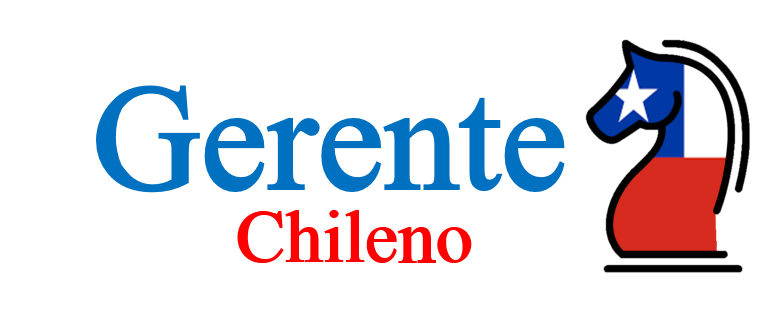

The technology we use today to interact with our TVs — namely, the remote control — is often dated and not designed for web-delivered content. Furthermore, we can all agree that the keyboard and mouse have no business hanging out in our living rooms; they aren’t a solution, but an ill-fitted patch to a problem facing TV viewers around the globe: accessing web-delivered content with ease.
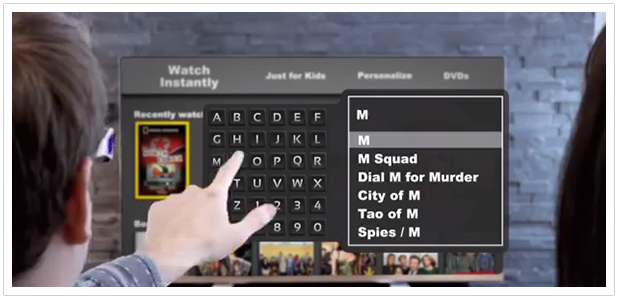
We, at Tarsier, Inc., a Minnesota-based company, have developed the solution: MoveEye™. MoveEye™ is silicon-embedded eyewear that allows you tointeract with your TV using intuitive hand gestures, enabling you to operate your TV like a giant touchscreen — that you don’t even have to touch. Just point at what you want, from your own perspective, and MoveEye™ serves it up. Having trouble visualizing this incredible technology? Check out the video above of MoveEye™ in action.


Hand gesturing is one of the most universal, expressive, and intuitive ways we communicate. Touchscreen technologies have paved the way, but MoveEye™ takes hand gesturing to a new level. MoveEye™ allows anyone to use a gesture as simple as pointing in 3D space to launch applications and navigate media.
Welcome to the next generation of human-computer interaction.
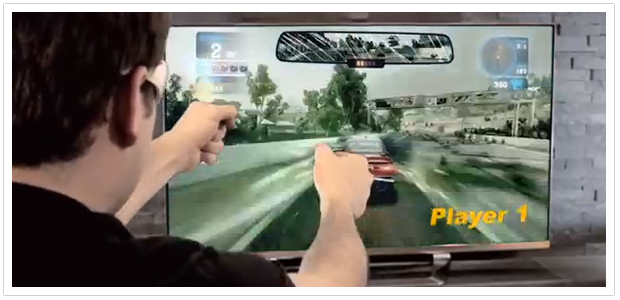
MoveEye™ recognizes your hand gestures and knows exactly what you’re trying to interact with on the screen, allowing you to command your interface in a truly intuitive manner.

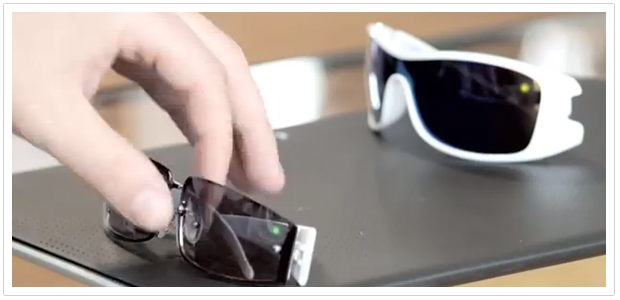
At Tarsier, Inc. we have assembled a team of engineers and advisors who are experts in the field, allowing us to develop the entire hardware and software for MoveEye without outsourcing any part of the project. We are very proud of this accomplishment, and are confident that we will be the team to count on for future iterations of the technology.
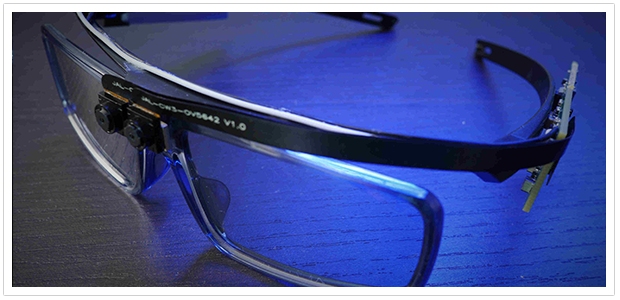
To develop MoveEye™ we have taken advantage of advances in hardware miniaturization, low-power processing, computer vision, machine learning, object recognition, parallel processing algorithms, and microelectronic commoditization to produce the unprecedented capabilities of MoveEye.

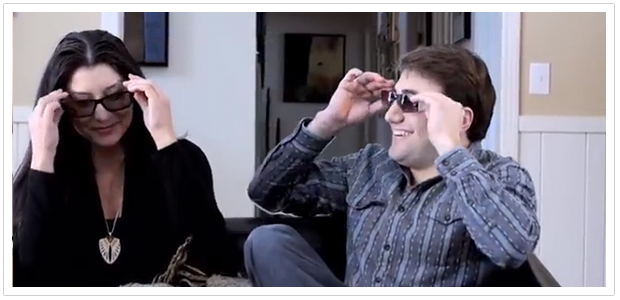
MoveEye™ is a licenseable technology in the form of a hardware reference design (to make the glasses), software developer kit (to recognize and target gestures), and rights to use the technology. What this means is that, rather than bringing MoveEye™ to market as a standalone product we will be partnering directly with the TV brands you know and trust.
Potential licensees include companies like Samsung, Sony, Apple, LG, Google, Roku, Microsoft, Panasonic, Vizio, Intel, and many others that are seeking ways to carve out space in the looming living room revolution. Soon, you will have the option to upgrade your television purchase to include MoveEye™ eyewear for your whole family.



In October 2012 we debuted our 3rd generation prototype at DEMO, inciting great excitement as people experimented with our technology and witnessed firsthand the possibilities offered by intuitive interaction. Starting with our DEMO debut, we have received a considerable amount of media attention from each live demonstration, leading to much industry praise. Additionally, we are in a very strong position, thanks to our law firm, to move forward with our licensing strategy — or even an outright acquisition.
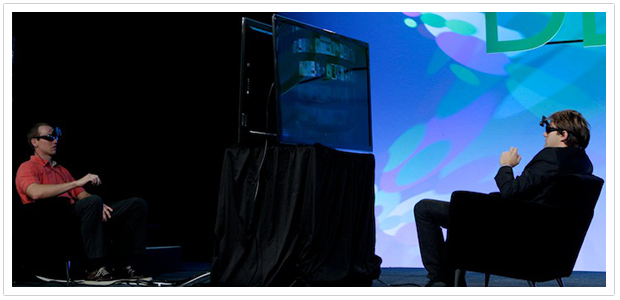
We are on track to meet our goals — licensing the technology and growing our support team —and have received many inquiries from large companiesinterested in MoveEye™. We have filed international patents and are in the patent prosecution phase with the USPTO.
We have successfully built a fully functional wireless MoveEye™ prototype, currently in its testing phase. In January 2014 we exhibited this technology at CESin Las Vegas.
Our successful exhibition at CES resulted in some great press mentions in publications like Hollywood Reporter, USA Today and BBC.
In August alone we have met with Apple, Google, Samsung, LG, and Sharp in their Silicon Valley offices. We are moving forward with our licensing/potential acquisition candidate plans.



 Shafa leads operations, long term R&D planning, outreach, IP and fundraising. A successful technology growth investor and founder of two businesses prior to Tarsier, Inc. Shafa was founder and lead of an eBay seller that operated as an eBay Powerseller account for several years selling items from shoes to cars.
Shafa leads operations, long term R&D planning, outreach, IP and fundraising. A successful technology growth investor and founder of two businesses prior to Tarsier, Inc. Shafa was founder and lead of an eBay seller that operated as an eBay Powerseller account for several years selling items from shoes to cars.
Shafa also operated a technology and media consulting, design and contractor that was successful service partner on OnForce, and won installation contracts through Target retail stores in the Twin Cities. Shafa was also hired as a consultant to build a fully functional cloud-based non-linear optimizer application using Amazon EC2 and Citrix XenApp for an animal nutrition company. Shafa studied mechanical engineering and computer science during his undergrad, and has since cultivated a keen interest in business and technology to laser focus the trajectory of Tarsier and MoveEye.
 Helps lead and manage R&D projects with the big picture in mind. Axel works with the development team on software and science R&D. He has a diverse science and technology background, has lived in several countries, and speaks three languages fluently (French, German and English). Axel uses this world perspective to enrich the development of cross-cultural gestures and applications for MoveEye™ and interact with our host of international suppliers and vendors. Axel has worked directly with Fortune 500 companies to help implement high-speed laser apparatuses used for rapid production of SKUs and custom laser-cutting scenarios. He has also worked in the IT industry for the state of North Dakota, gaining experience with large-scale software deployment. Axel has extensive experience with mobile application development, marketing, customer engagement, application deployment, and software maintenance. He was first to build an application for the Android marketplace that allows cell phone users to find lost or stolen phones by using an algorithm that determines when your phone is about to die, then triangulates your phone via GPS and terrestrial network to record its location at the time.
Helps lead and manage R&D projects with the big picture in mind. Axel works with the development team on software and science R&D. He has a diverse science and technology background, has lived in several countries, and speaks three languages fluently (French, German and English). Axel uses this world perspective to enrich the development of cross-cultural gestures and applications for MoveEye™ and interact with our host of international suppliers and vendors. Axel has worked directly with Fortune 500 companies to help implement high-speed laser apparatuses used for rapid production of SKUs and custom laser-cutting scenarios. He has also worked in the IT industry for the state of North Dakota, gaining experience with large-scale software deployment. Axel has extensive experience with mobile application development, marketing, customer engagement, application deployment, and software maintenance. He was first to build an application for the Android marketplace that allows cell phone users to find lost or stolen phones by using an algorithm that determines when your phone is about to die, then triangulates your phone via GPS and terrestrial network to record its location at the time.
 Danny serves as an applications programmer and is a student in the College of Science and Engineering honors program at the University of Minnesota. He has extensive experience in computer vision programming and has worked on many cutting-edge applications using Microsoft’s Kinect and other depth and gesture technologies. He has worked with the renowned Dr. Papanikolopoulos on many advanced research projects as an undergraduate student. Danny will graduate in May as a double major in Computer Science and Music, and will transition to working full time on MoveEye™. Danny serves as our architect. He led the development our software framework and is now developing the wireless communication framework. Danny ensures that all software and hardware are communicating efficiently by taking advantage of the latest advances in software and hardware design.
Danny serves as an applications programmer and is a student in the College of Science and Engineering honors program at the University of Minnesota. He has extensive experience in computer vision programming and has worked on many cutting-edge applications using Microsoft’s Kinect and other depth and gesture technologies. He has worked with the renowned Dr. Papanikolopoulos on many advanced research projects as an undergraduate student. Danny will graduate in May as a double major in Computer Science and Music, and will transition to working full time on MoveEye™. Danny serves as our architect. He led the development our software framework and is now developing the wireless communication framework. Danny ensures that all software and hardware are communicating efficiently by taking advantage of the latest advances in software and hardware design.
 Lee is a University of Minnesota student working towards an MS in Computer Science. He has a unique interest in machine learning and continually strives for elegant solutions in his work. Lee has played a significant role in the development of the later generations of the MoveEye™ prototype and was a key member of the team that presented the technology at the DEMO conference in Silicon Valley. He has researched and developed cutting-edge solutions for robust gesture recognition and localization and positioned himself as an expert in computer vision and object recognition. Lee implemented our neural network-based gesture library that makes use of the latest advances in computer vision.
Lee is a University of Minnesota student working towards an MS in Computer Science. He has a unique interest in machine learning and continually strives for elegant solutions in his work. Lee has played a significant role in the development of the later generations of the MoveEye™ prototype and was a key member of the team that presented the technology at the DEMO conference in Silicon Valley. He has researched and developed cutting-edge solutions for robust gesture recognition and localization and positioned himself as an expert in computer vision and object recognition. Lee implemented our neural network-based gesture library that makes use of the latest advances in computer vision.

Paul is a University of Minnesota student working towards an MS in Electrical Engineering. Paul is in charge of all hardware and electrical design for the eyewear prototype. He is creating our hardware reference design and designing our proprietary PCBs for MoveEye™. He is also working on the battery and camera module implementations that will be housed in the eyewear. Paul has worked on computer vision projects in school and has a special interest in human-computer interaction.

Rodney recently received his MS in Mechanical Engineering from the University of Minnesota with a focus on Computer Vision and Robotics. Rodney focuses his time at Tarsier working on a cutting-edge 3D interface for natural gesture interaction. He currently shares his time between Tarsier, Inc. and the University of Minnesota HumanFIRST Lab, where he develops software-based driving simulations for the research group.

 Provides frameworks for determining go-to-market strategies, leverages experience to advise on business matters.
Provides frameworks for determining go-to-market strategies, leverages experience to advise on business matters.
Jean-Philippe graduated from the Swiss Federal Institute of Technology as a civil engineer and from MIT with a MS in Materials Science and Engineering. After a short career with the Battelle Institute and 3M R&D, Jean-Philippe has for the past 20 years held different positions at 3M in marketing, sales and marketing management, key account management, and business management. For the past four years he has held the position of Global Marketing Operation manager in 3M Optical Systems Divisions (OSD). His special emphasis was to develop a consumer electronic accessory market for a series of products that 3M manufactures. In this role he gained experience selling through both physical distribution channels and e-channels. Jean-Philippe’s last position at 3M was Business Development Manager for 3M Renewable Energy Division, Energy Conservation Business unit. Jean-Philippe left 3M in June 2012 and works on multiple projects of his own.
Jean-Philippe has strong international skills, speaks 5 languages fluently and has worked for most of his career and on a regular basis in Asia (Japan, China, Korea, Taiwan, India), Europe (lived in France, Switzerland and Germany), Latin America (born in Chile) and North America (living in USA).
 Uses years of entrepreneurial and management experience to advise on business and software development matters.
Uses years of entrepreneurial and management experience to advise on business and software development matters.
Leon Kline has more than 35 years of leadership experience as a technology entrepreneur across multiple industry segments including government, health care, construction and industrial. As a technology services and development visionary, his leadership, his ability to develop and execute plans and his success in developing marketing, sales and support organization, created companies that were widely recognized in their fields of expertise. These companies focused on both end users and OEM channels for growth. Since 1978, Mr. Kline has been the CEO and President of the companies he founded and is currently working with Tarsier on business planning, and operations. Mr. Kline was the past chair of the Minnesota Software Association and was a founder and past chair of the Minnesota High Tech Association, which is the largest association in Minnesota representing all high tech industry segments; members include large companies like IBM and 3M, as well as small startups.
 Advises on science and R&D related matters pertaining to business decisions. Dr. Nikolaos Papanikolopoulos, or Dr. Nikos, is a distinguished professor at the University of Minnesota and serves as a key advisor for R&D at Tarsier. Dr. Nikos specializes in robotics, artificial intelligence, computer vision, sensors, computer engineering, and computer integrated manufacturing. He is the Director of the Center for Distributed Robotics and leads the Security in Transportation Technology Research and Applications (SECCTRA) program. He is credited being the major driving force behind the Scout, a small reconnaissance robot now used by the United States Military. Dr. Nikos and his robots are often featured in the news and are part of the University of Minnesota advertising campaigns. Dr. Nikos has more than 200 publications, including journal and conference papers and book chapters, and has graduated more than 30 masters and doctoral students. He has received in excess of $16M in grants for his work on robotics and computer vision. He’s won numerous best paper awards, a best video award at the 2000 IEEE Robotics and Automation Conference, a Faculty Creativity award in 1999 and the National Science Foundation’s CAREER Award in 1995. In addition, he was awarded the McKnight Land-Grant Professorship Award in 1995. Dr. Nikos was a member of the IEEE Robotics & Animation Society Administrative Committee (RAS ADCOM) for two consecutive terms and is a Senior IEEE member. He has also served on many conference committees. Dr. Nikos received his MS and PhD from Carnegie Mellon University.
Advises on science and R&D related matters pertaining to business decisions. Dr. Nikolaos Papanikolopoulos, or Dr. Nikos, is a distinguished professor at the University of Minnesota and serves as a key advisor for R&D at Tarsier. Dr. Nikos specializes in robotics, artificial intelligence, computer vision, sensors, computer engineering, and computer integrated manufacturing. He is the Director of the Center for Distributed Robotics and leads the Security in Transportation Technology Research and Applications (SECCTRA) program. He is credited being the major driving force behind the Scout, a small reconnaissance robot now used by the United States Military. Dr. Nikos and his robots are often featured in the news and are part of the University of Minnesota advertising campaigns. Dr. Nikos has more than 200 publications, including journal and conference papers and book chapters, and has graduated more than 30 masters and doctoral students. He has received in excess of $16M in grants for his work on robotics and computer vision. He’s won numerous best paper awards, a best video award at the 2000 IEEE Robotics and Automation Conference, a Faculty Creativity award in 1999 and the National Science Foundation’s CAREER Award in 1995. In addition, he was awarded the McKnight Land-Grant Professorship Award in 1995. Dr. Nikos was a member of the IEEE Robotics & Animation Society Administrative Committee (RAS ADCOM) for two consecutive terms and is a Senior IEEE member. He has also served on many conference committees. Dr. Nikos received his MS and PhD from Carnegie Mellon University.
The technology we use today to interact with our TVs — namely, the remote control — is often dated and not designed for web-delivered content. Furthermore, we can all agree that the keyboard and mouse have no business hanging out in our living rooms; they aren’t a solution, but an ill-fitted patch to a problem facing TV viewers around the globe: accessing web-delivered content with ease.
See Campaign: https://www.fundable.com/tarsier
Contact Information:
Shafa Wala
Tags:
Fundable, Equity, United States, English, Computers and Software, Industry verticals, Regions, Types of Crowdfunding deal, Minnesota, Language

Source: ICNW
